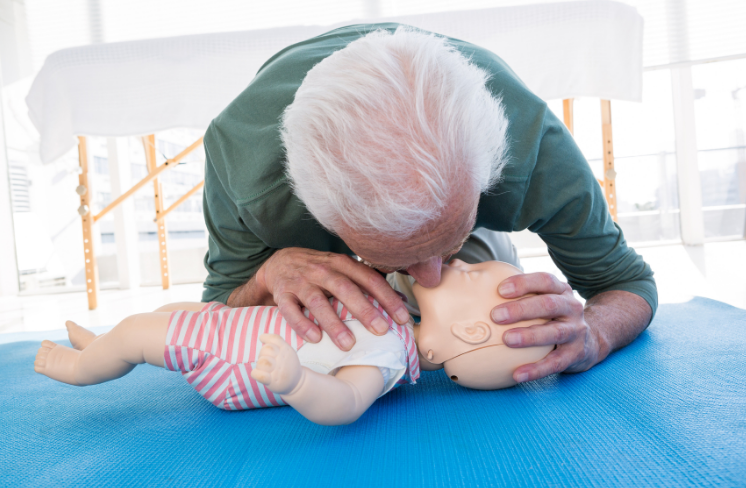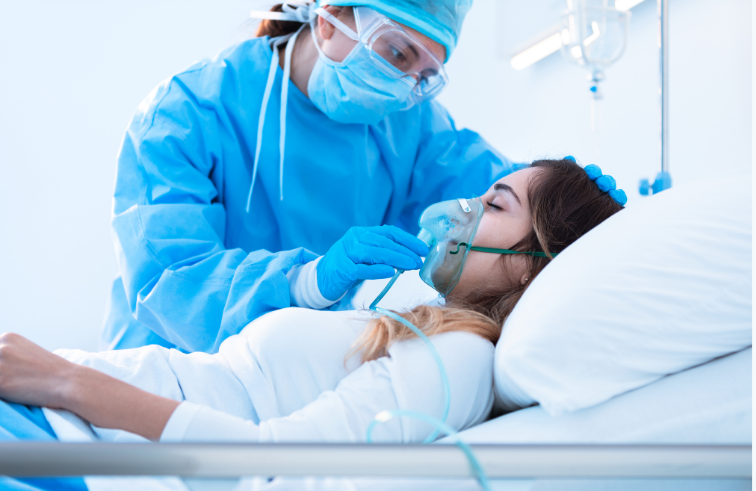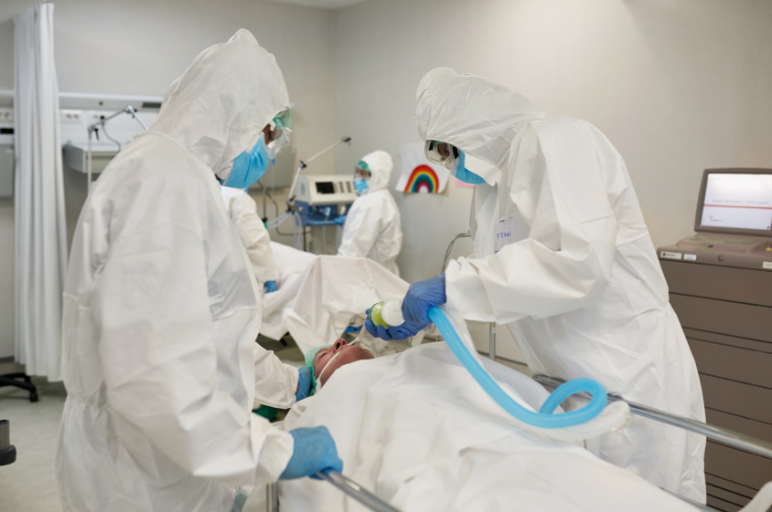3. Visit a doctor. Find out about artificial respiration. Ask the doctor:
(a) When does a person need artificial respiration?
(b) Does the person need to be kept on artificial respiration temporarily or permanently?
(c) From where can the person get supply of oxygen for artificial respiration?
Answer:
(a)Artificial respiration is used when a person is having trouble breathing naturally by themselves. In such emergencies artificial respiration can be administered manually or mechanically. This process is continued until the victim is rejuvenated and can breathe naturally on their own. It is vital that you know about these techniques because they can be life-saving in many situations.
(b) In most cases temporary artificial respiration (administered both manually or mechanically) is enough for the victim to get revived and be able to breathe on their own. In some acute conditions where the victim is permanently unable to breathe on their own, artificial respiration can be administered mechanically on a permanent basis using a ventilator.
(c) Many artificial respiration techniques are manual such as mouth-to-mouth resuscitation. In case of emergencies where a patient needs oxygen immediately, mouth-to-mouth resuscitation can be administered where another person supplies the air containing oxygen from their own mouth to the patient’s mouth as shown below:

Many artificial respiration techniques are carried out using mechanical instruments such as:
(i) Oxygen Masks: The oxygen mask is attached to an oxygen source like a storage cylinder and placed over the patient’s mouth. The oxygen cylinder provides a constant supply of oxygen which travels through the oxygen mask into the patient’s mouth.

(ii) Ventilators: Oxygen is supplied to the lungs using a tube which is inserted into the patient’s nose or mouth or even surgically inserted. Many critical situations require the use of ventilators to save people’s lives.

“Visit a doctor. Find out about artificial respiration. Ask the doctor:
(a) When does a person need artificial respiration?
(b) Does the person need to be kept on artificial respiration temporarily or permanently?
(c) From where can the person get supply of oxygen for artificial respiration?” – Solved.
Related Links:
Solution to Extended Learning Question 1
Solution to Extended Learning Question 2
Solution to Activity 6.1
Solution to Activity 6.2
Solution to Activity 6.3
Solution to Activity 6.4
Solution to Activity 6.5
Solution to Activity 6.6
Solution to Chapter 6 Respiration in Organisms


